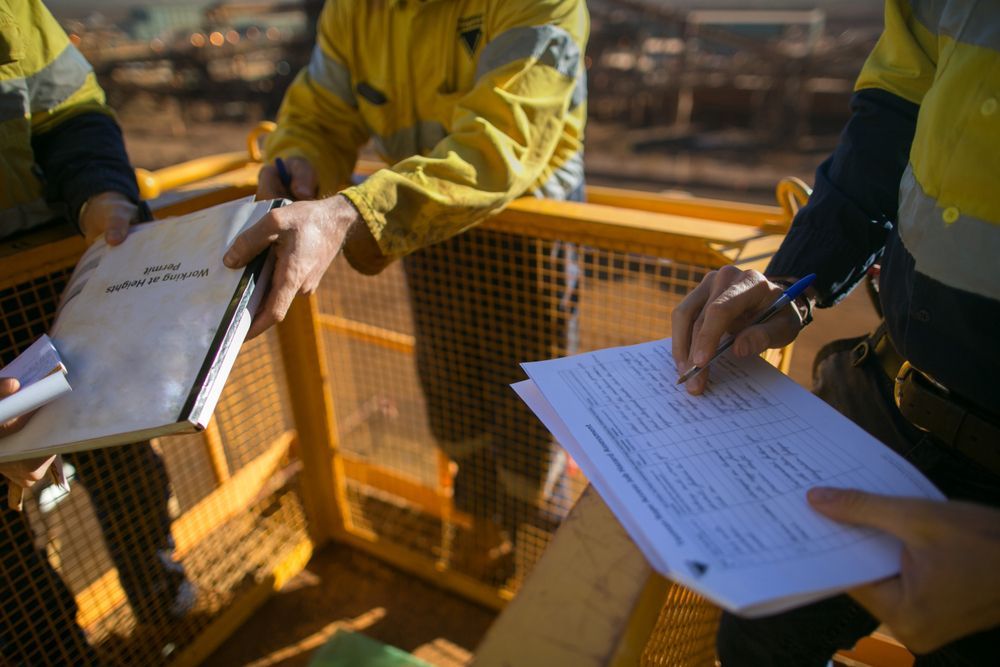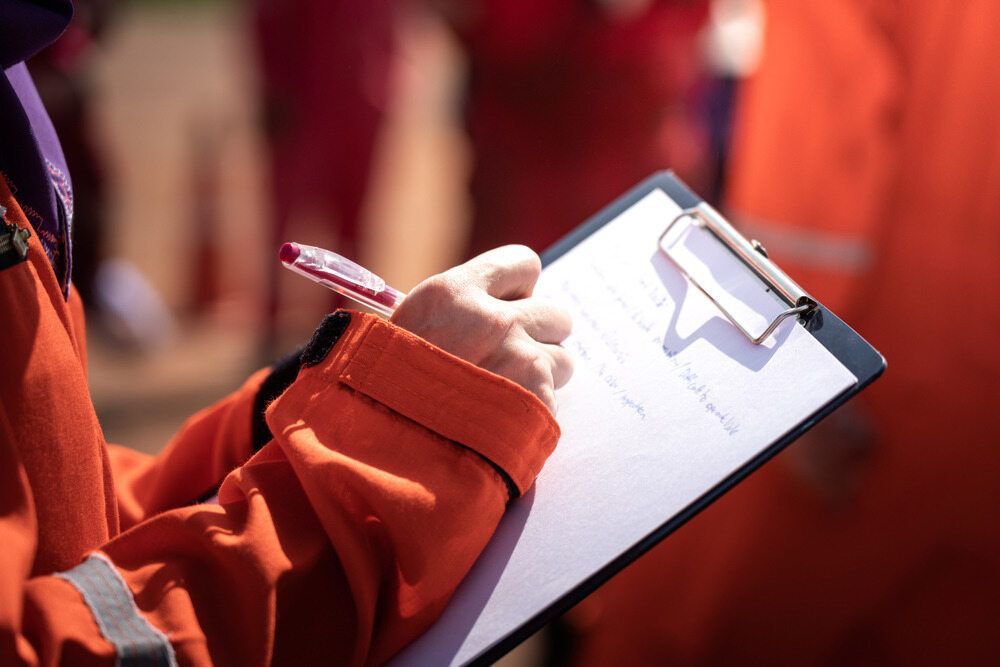Risk Management in Townsville
More Than 25 Years
In Business
Knowledgable and Highly-Experienced
Always Available
Navigate Through Uncertainty
At Canary North, we understand the complexities of maintaining a secure and compliant workplace. Our risk management services are specifically designed to guide businesses in Townsville and Far North QLD through the challenges of workplace safety and regulatory compliance. Whether you’re a smaller business without in-house risk management expertise or a larger organisation needing additional safety measures, we offer a structured approach to identifying hazards, assessing risks and implementing effective controls.
Our methodical process ensures that workplace safety isn’t just a checklist, but a strategy for long-term success. By collaborating with you, we assess and prioritise risks, equipping your team with the tools to manage safety proactively. Complemented by our occupational hygiene monitoring services, Canary North provides a comprehensive safety solution that ensures compliance with Workplace Health and Safety legislation.
Ready to improve your risk management? Call us today on 0412 473 126 to discuss how we can support your business.
Why Vigilant Oversight Matters
In risk management, a proactive approach is essential to avoid vulnerabilities in your workplace. Canary North's risk management service is a vital resource for businesses seeking to enhance safety measures. Here's how it works:
- Hazard identification: We conduct thorough walk-through surveys to identify potential risks in your workplace.
- Risk assessment: By engaging with workers and reviewing incidents, we accurately rate risks and evaluate hazards.
- Control implementation: Our solutions are tailored and site-specific, targeting the exact controls your business needs to stay safe.
- Compliance: We align with the WH&S Risk Management Advisory Standard, ensuring your practices are up-to-date with the latest regulations.
- Ongoing Support: We continuously monitor and refine risk controls to ensure their effectiveness over time.
This service is ideal for small to medium businesses without in-house capabilities or larger organisations seeking to bolster their safety strategies. Canary North provides vigilant, tailored risk management solutions that help you maintain a safer workplace. Call us today to learn how we can assist.





